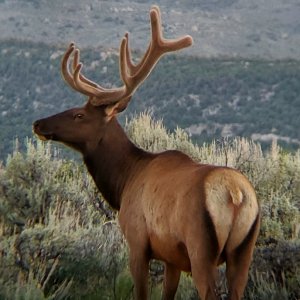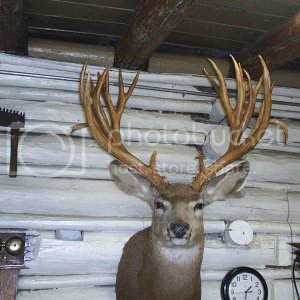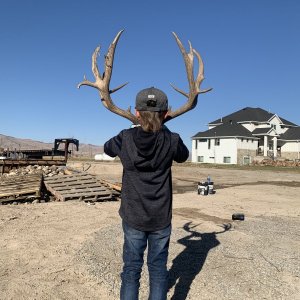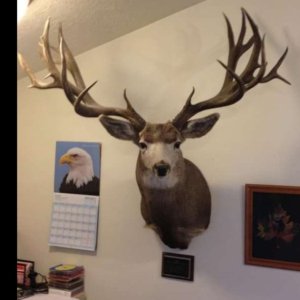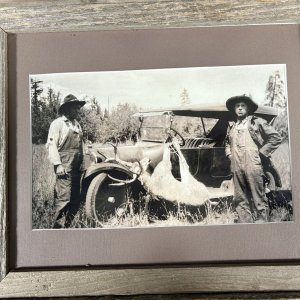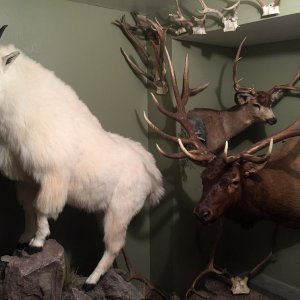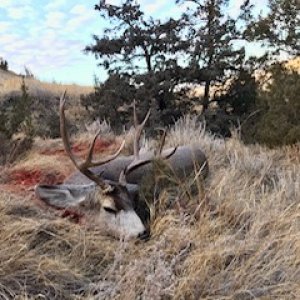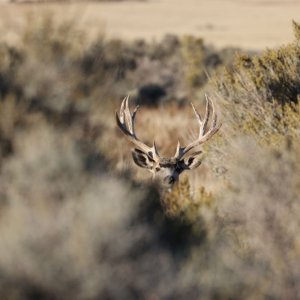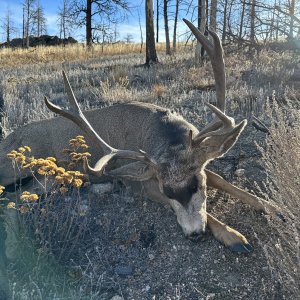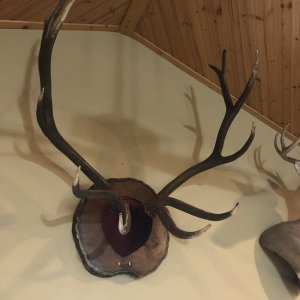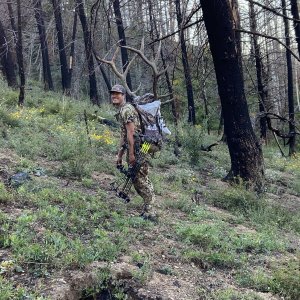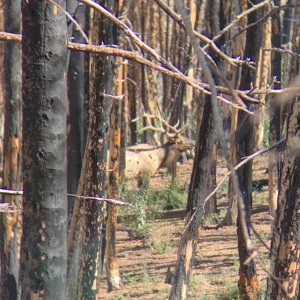elks96
Long Time Member
- Messages
- 3,801
I know I have seen various predation studies on this topic. But I was speaking with a coworker today who is convinced that predation is far better than hunting for the animals as the predators take only the weak and the sick etc. That hunters only take the biggest and strongest. I pointed out that it is not true at all, that hunters take what ever they can get. That while some hunters target the largest biggest and most mature, there are way more who shoot what ever they can get. I pointed out that in some cases the majority of the harvest are females.
He was convinced that predators really only take out the weak and the sick making the herds stronger. However I recall seeing studies that show the predators avoid the sick in some situations. I also know that most predators are pure opportunity. They will kill which ever animals makes a mistake.
So lets see what you have... I am going to ask him about the so called surplus kills and see if he thinks that all 19 elk in that case were sick/weak. Or that the 2,500 elk killed each year in Yellowstone are the sick/weak.
I tried explaining that the mature males are typically way more vulnerable to predation post run in the winter than the females, but he did not believe it because "Science" said it was the weak.
He was convinced that predators really only take out the weak and the sick making the herds stronger. However I recall seeing studies that show the predators avoid the sick in some situations. I also know that most predators are pure opportunity. They will kill which ever animals makes a mistake.
So lets see what you have... I am going to ask him about the so called surplus kills and see if he thinks that all 19 elk in that case were sick/weak. Or that the 2,500 elk killed each year in Yellowstone are the sick/weak.
I tried explaining that the mature males are typically way more vulnerable to predation post run in the winter than the females, but he did not believe it because "Science" said it was the weak.




